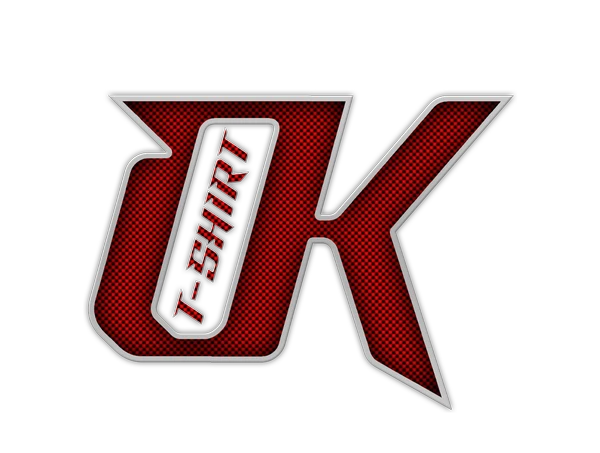When it comes to customised workwear, durability is often the most critical factor. Businesses invest in branded clothing not only to promote their brand identity but also to ensure that staff uniforms remain professional and intact through frequent use. Workwear must endure daily wear, frequent washing, and sometimes even harsh environmental conditions, depending on the industry. Two of the most popular methods for adding custom designs to workwear are embroidery and heat transfer. Both options have their advantages but knowing which lasts longer is essential when planning for long-term use.
Embroidery is the process of stitching a design directly onto the fabric using specialised machines. Threads of various colours are used to create logos, names, or patterns, resulting in a raised, textured appearance that conveys professionalism and quality. Embroidery works particularly well on thicker fabrics such as polo shirts, jackets, hoodies, and industrial workwear, giving a durable and long-lasting finish. This makes it an excellent option for businesses in the customised workwear UK market.
Heat transfer, in contrast, involves printing a design onto special transfer paper or vinyl, which is then applied to the garment using heat and pressure. This technique allows for intricate graphics, full-colour images, and gradients that are difficult to achieve with stitching. Heat transfer is versatile and suitable for garments where a bold, eye-catching design is a priority, including customisable workwear and promotional apparel.
One of the primary advantages of embroidery is its exceptional durability. Because the design is stitched into the fabric, it is integrated with the garment itself rather than sitting on top of it. This allows embroidery to withstand frequent washing, abrasion and general wear and tear which make it ideal for workwear that is regularly used.
Key benefits of embroidery include:
However, embroidery is not without its limitations. Fine, detailed designs or photographic images may not translate well to stitching, and larger or more complex designs can increase the production cost. Despite these factors, when durability is a priority, embroidery often remains the best choice for customised hoodie and custom jackets applications.
Heat transfer offers several advantages, particularly in terms of design flexibility. Businesses can achieve intricate graphics, gradients, and full-colour images that would be difficult with embroidery. The process is also faster for smaller orders, making it ideal for custom tshirts or promotional items that don’t undergo heavy use.
The longevity of heat transfer depends on factors such as material type, application quality, and washing practices. High-quality heat transfer vinyl or specialist printing methods can last through multiple washes without major degradation.
However, heat transfer is generally more vulnerable to wear over time. Common issues include:
Heat transfer works best for office uniforms, light-use garments, or promotional apparel where visual impact is more important.
When comparing embroidery and heat transfer in terms of longevity, embroidery usually has the edge. Because threads are physically integrated into the fabric, embroidered designs naturally age with the garment and resist common forms of wear. Heat transfers, while visually versatile, may show signs of wear sooner, particularly on garments that are washed frequently or exposed to harsh conditions.
Factors affecting longevity include:
Typical recommendations based on use include:
Light-use environments such as offices, promotional events, or customer-facing roles → heat transfer suitable.
While embroidery is generally more durable, it also comes with higher upfront costs, particularly for large designs or bulk orders. Heat transfer offers a more affordable option for smaller orders, quick turnarounds, or highly detailed graphics. However, businesses should consider long-term value: investing in embroidery may reduce replacement costs, as the designs remain intact and professional-looking for years. Choosing OK T-Shirt for your embroidery and printing needs ensures quality results.
Durability is the key factor when choosing between embroidery and heat transfer for customised workwear. Embroidery generally provides long-lasting results, particularly for high-use garments and challenging work environments. Heat transfer offers design versatility and affordability, but may not withstand the same level of wear over time.
Ultimately, the choice depends on a combination of factors: budget, desired appearance, garment type, and expected lifespan. By carefully weighing these factors and exploring our services at OK T-Shirt, businesses can ensure that their customised workwear remains functional, visually appealing, and long-lasting. Whether you are creating a customised hoodie, custom jackets, or custom tshirts, it’s never been easier to Design Your Custom Clothing Today.

OK T-Shirt
126 Beeches Rd
Birmingham
B42 2HQ